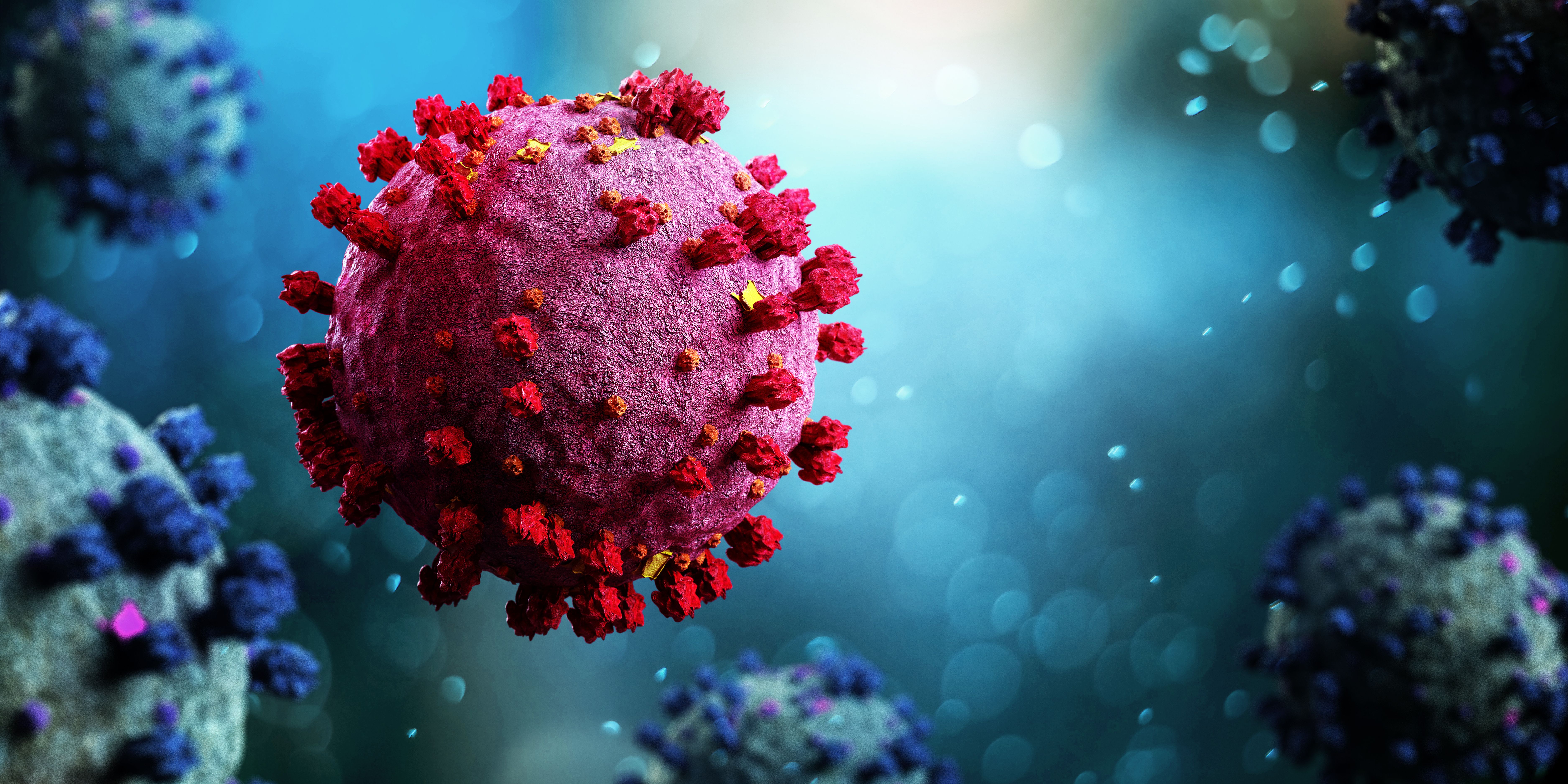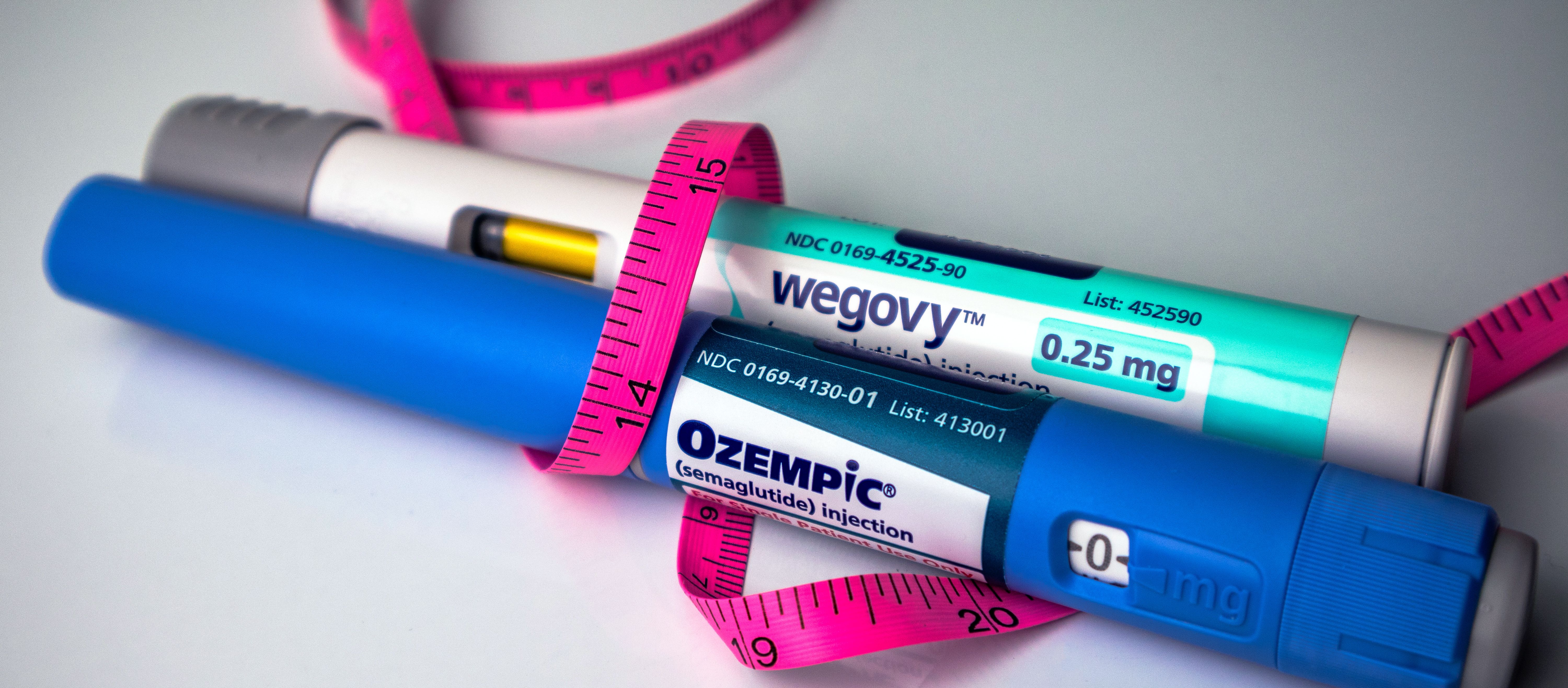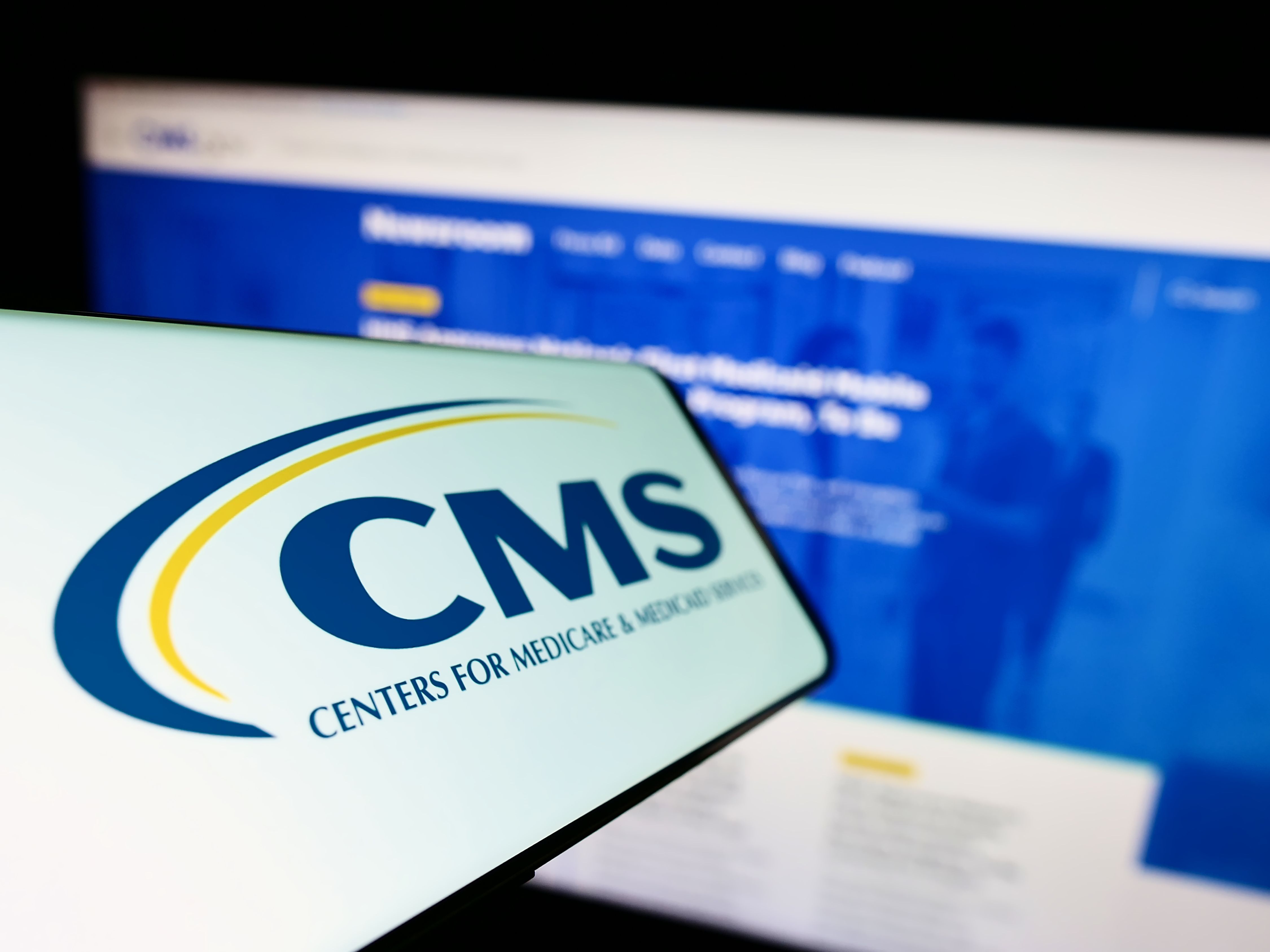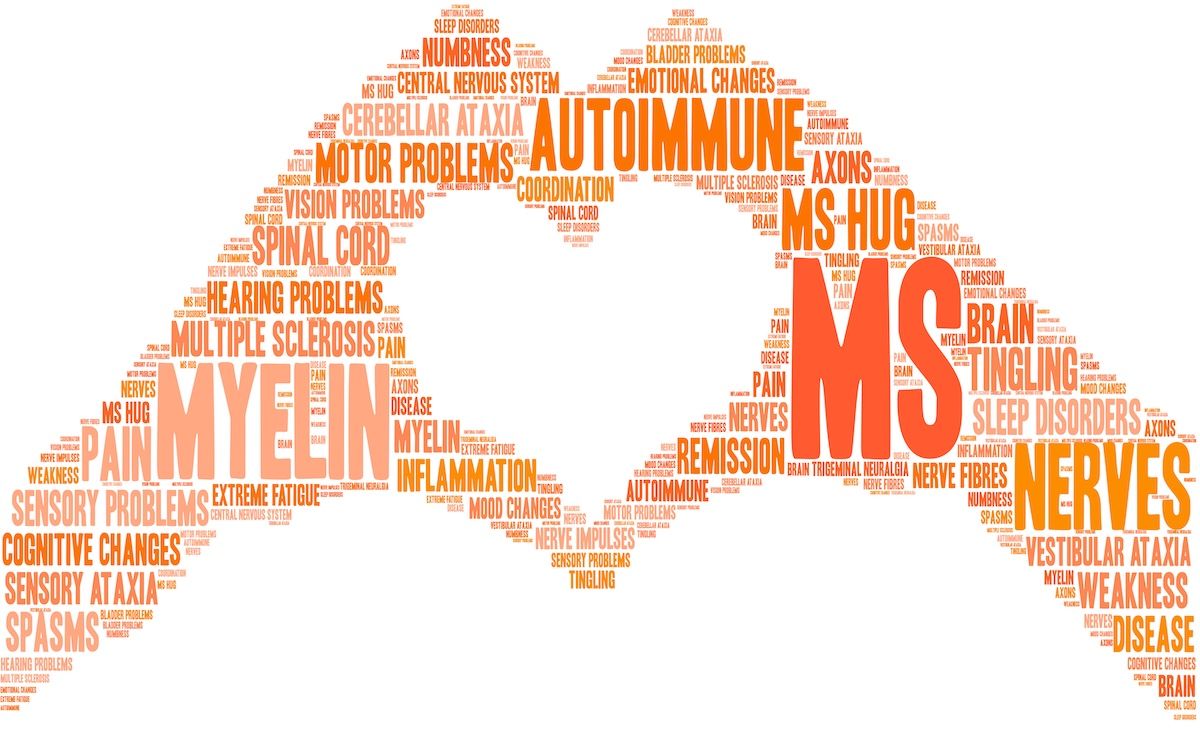Article
Pilot Food as Medicine Program in Texas Shows Promise, Challenges
Author(s):
Residents of North Pasadena, Texas, struggling with food insecurity obtained “prescriptions” for healthy food from their clinic providers and boosted their intake of fruits, vegetables, lean protein, beans, and whole grains, in another example of the food as medicine movement that also illustrates some of the challenges with these efforts.
Residents of North Pasadena, Texas, struggling with food insecurity who obtained “prescriptions” for healthy food from their clinic providers were able to boost their intake of fruits, vegetables, lean protein, beans, and whole grains, in another example of the food as medicine movement that also illustrates some of the challenges with these efforts.
The prescriptions, called Food Rx, were redeemed at a food pantry set up to resemble a small grocery store to reduce the stigma associated with seeking donated food. Results of the study will appear in an upcoming issue of Translational Behavioral Medicine.
Participants could receive as much as 30 pounds of fruits and vegetables and 4 forms of nonperishable foods, such as lean protein, beans, and whole grains, every 2 weeks for up to 12 visits at the pantry, which was supplied by the Houston Food Bank.
The program is still ongoing, said Shreela V. Sharma, PhD, RD, a public health professor at The University of Texas Health Science Center at Houston (UTHealth), in an interview with The American Journal of Managed Care®.
The prescriptions were targeted to 3 zip codes in North Pasadena, Texas, a low-income area; 75% of the residents are Hispanic, 36% of children live in poverty, and 40% of adults over the age of 25 lack a high school diploma. In addition, the prevalence of childhood food insecurity is 19%, yet obesity rates are 65% or more for both adults and children, illustrating the obesity—hunger paradox. Those who struggle with consistent access to fresh, healthy food resort to cheap, high-calorie, low-nutrient food; the cycle perpetuates high blood pressure, diabetes, and obesity.
While more health systems are interested in tackling the social determinants of health (SDOH), of which food insecurity is just one component, more research is needed on the effectiveness of these food as health interventions, according to another recently published review.
The actual implementation—screening for hunger, finding solutions, and seeing whether they are effective or not—has its challenges, Sharma noted. When a provider writes a prescription for a drug that is filled at a pharmacy, there is a connection between the provider and the pharmacist (if the prescription is electronic) that can show if the prescription was filled, she said.
“With food, even if the provider connects them to a pantry, it is incumbent upon the patient to make that connection,” said Sharma. “There is no system in place, directly from the physician to that community service provider, to make that connection for the patient.” In addition, she said, “there’s no feedback loop; There’s no way to know if the patient showed up there, did they receive the services they were told about, and if so, how many times? There’s no information that can go back to the provider.”
As more health systems become interested in this kind of intervention, those feedback loops will become important so that successes can be documented, she said.
In this study, participants were recruited from 2 school-based clinics and 1 federally qualified health center. Of the 242 residents who opted to take part in the program, 172 (71.1%) redeemed the food prescription at the pantry at least once; of those who redeemed their prescriptions, 99% reported eating all or most of the fruits and vegetables. More than 94% felt that the produce helped them eat healthier. And self-reported food insecurity fell significantly from 100% at baseline to 10.2% by visit 3 and 5.9% by visit 12.
Despite the poverty level of the area, very few of the participants were receiving any form of public assistance for food. The study noted that, overall, 24.2% of participants across programs reported receiving additional food assistance, with fewer than 10% each receiving Supplemental Nutrition Assistance Program or Medicare/Medicaid assistance and fewer than 4% receiving the Supplemental Nutrition Program for Women, Infants and Children assistance.
Researchers did not delve into why residents were not participating in government food assistance, but from other studies, Sharma said, it is known that the logistics of applying can be intimidating; In addition, there is a fear among immigrants of being captured in a government database. This study took place in 2016 and 2017.
The program is continuing, as the pantry is run largely by volunteers, and the food is donated from the Houston Food Bank, which Sharma complimented for its support.
“The food prescription model has really taken hold in Harris County,” she said.
This was a pilot study and unlike studies examining pharmaceuticals, where the standard for a phase 3 trial encompasses control groups, randomization, precise dosages, and other components, measuring outcomes about food intervention as a component of health is different.
One benefit, however, is that the program “really pushes the systems to interact with each other and interact with the patient in a whole new way,” Sharma said.
It helps to shift the conversation to show that “health is not just about healthcare.”
The study was funded by the national BUILD Health Challenge through the Harris County BUILD Partnership; the BUILD challenge targets community health by looking at SDOH, health disparities, health equity, and upstream approaches to health.
Reference
Aiyer JN, Raber M, Bello RS, et al. A pilot food prescription program promotes produce intake and decreases food insecurity. Transl Behav Med. In press.

Navigating Sport-Related Neurospine Injuries, Surgery, and Managed Care




